XRF test results for small blue glazed ceramic bowl purchased at Monoprix in France (2022)
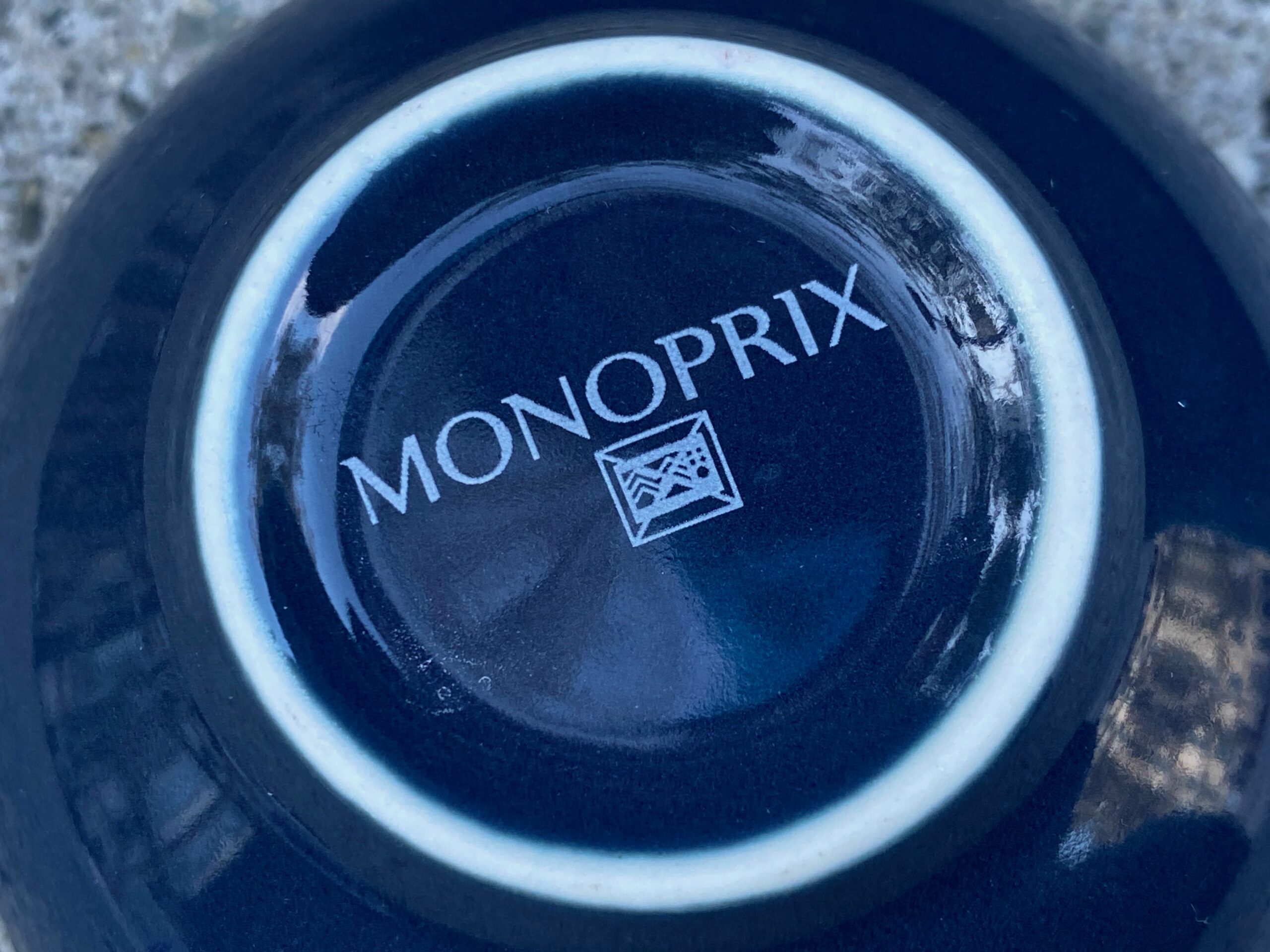

January 2, 2023 — Monday
When I was in France (November 2022) I made sure to find and purchase several new items from major French brands (or items commonly found in France) to test and report on. This is one of the items I chose as an example. It is a small ceramic dish from the department store Monoprix (which is kind of like our Sears department stores). Below are the XRF test results for this dish (as well as additional photos, showing that it was “Made in China” and the price was 4.99 Euros).
While I had hoped this dish might be free of metallic toxicants (e.g. Lead, Cadmium, etc.) — or that it might test better than perhaps a similar item found in the United States — that was not the case! The white raised logo marking on the bottom of the dish (which you can feel with your finger as a slightly raised/rough area) was positive for a significant amount of Lead (just as painted logo markings on American-sold dishware counterparts often are).
Here are some articles highlighting the concern:
- Will this item poison me?
- But it is only a small amount of Lead paint or glaze, why is that a problem?
- But it is only high Lead on the “outside” of the dish, why is that a problem?
- Some general background on the issue of Lead in glaze and other decorative elements of dishware.
Metals highlighted in red are generally considered toxic.
Metals highlighted in blue are not considered toxic in this application.
Reading #1 — on the white logo marking on the bottom of the dish
60-second reading
- Lead (Pb): 2,900 +/- 85 ppm
- Cadmium (Cd): 10 +/- 6 ppm
- Tin (Sn): 16 +/- 10 ppm
- Mercury (Hg): non-detect
- Selenium (Se): non-detect
- Barium (Ba): 791 +/- 47 ppm
- Chromium (Cr): 3,804 +/- 417 ppm
- Antimony (Sb): non-detect
- Copper (Cu): 144 +/- 33 ppm
- Zinc (Zn): 4,987 +/- 150 ppm
- Zirconium (Zr): 6,455 +/- 156 ppm
- Indium (In): 14 +/- 8 ppm
- Iron (Fe): 2,412 +/- 182 ppm
- Vanadium (V); 1,256 +/- 714 ppm
- Platinum (Pt): 187 +/- 57 ppm
- Cobalt (Co): 10,700 +/- 300 ppm
- Bismuth (Bi): 91 +/- 20 ppm
- No other metals were detected in consumer goods mode.
Reading #2 — on the blue glaze of the dish
60-second reading
- Lead (Pb): 83 +/- 14 ppm
- Cadmium (Cd): non-detect
- Tin (Sn): non-detect
- Mercury (Hg): non-detect
- Selenium (Se): non-detect
- Barium (Ba): 789 +/- 43 ppm
- Chromium (Cr): 2,871 +/- 349 ppm
- Antimony (Sb): non-detect
- Nickel (Ni); 190 +/- 82 ppm
- Copper (Cu): 169 +/- 31 ppm
- Zinc (Zn): 5,470 +/- 151 ppm
- Zirconium (Zr): 6,734 +/- 150 ppm
- Iron (Fe): 2,753 +/- 178 ppm
- Platinum (Pt): 68 +/- 44 ppm
- Cobalt (Co): 12,900 +/- 400 ppm
- Bismuth (Bi): 120 +/- 15 ppm
- No other metals were detected in consumer goods mode.
Reading #3 — on the golden rim of the dish
60-second reading
- Lead (Pb): 51 +/- 13 ppm
- Cadmium (Cd): non-detect
- Tin (Sn): non-detect
- Mercury (Hg): non-detect
- Selenium (Se): non-detect
- Barium (Ba): 750 +/- 44 ppm
- Chromium (Cr): 2,199 +/- 351 ppm
- Antimony (Sb): non-detect
- Nickel (Ni); 161 +/- 80 ppm
- Copper (Cu): 132 +/- 32 ppm
- Zinc (Zn): 3,992 +/- 127 ppm
- Zirconium (Zr): 5,819 +/- 137 ppm
- Iron (Fe): 2,014 +/- 169 ppm
- Platinum (Pt): 79 +/- 45 ppm
- Gold (Au): 623 +/- 58 ppm
- Cobalt (Co): 9,196 +/- 311 ppm
- Bismuth (Bi): 89 +/- 19 ppm
- No other metals were detected in consumer goods mode.
For those new to this website:
Tamara Rubin is a multiple-federal-award-winning independent advocate for childhood Lead poisoning prevention and consumer goods safety and a documentary filmmaker. She is also a mother of Lead-poisoned children (two of her sons were acutely Lead-poisoned in 2005). Since 2009, Tamara has been using XRF technology (a scientific method used by the U.S. Consumer Product Safety Commission) to test consumer goods for toxicants (specifically heavy metals — including Lead, Cadmium, Mercury, Antimony, and Arsenic). Tamara’s work was featured in Consumer Reports Magazine in February of 2023 (March 2023 print edition).
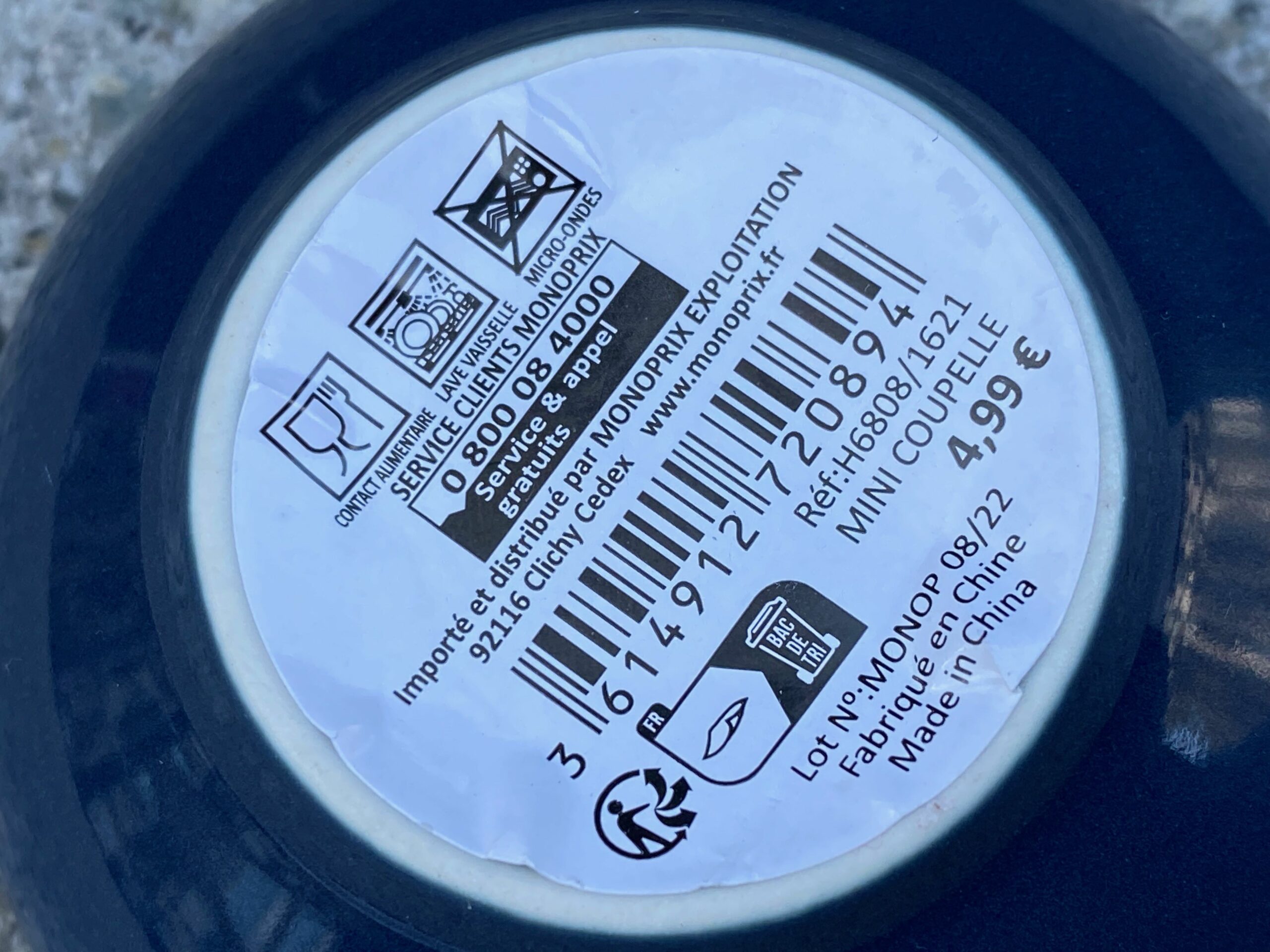
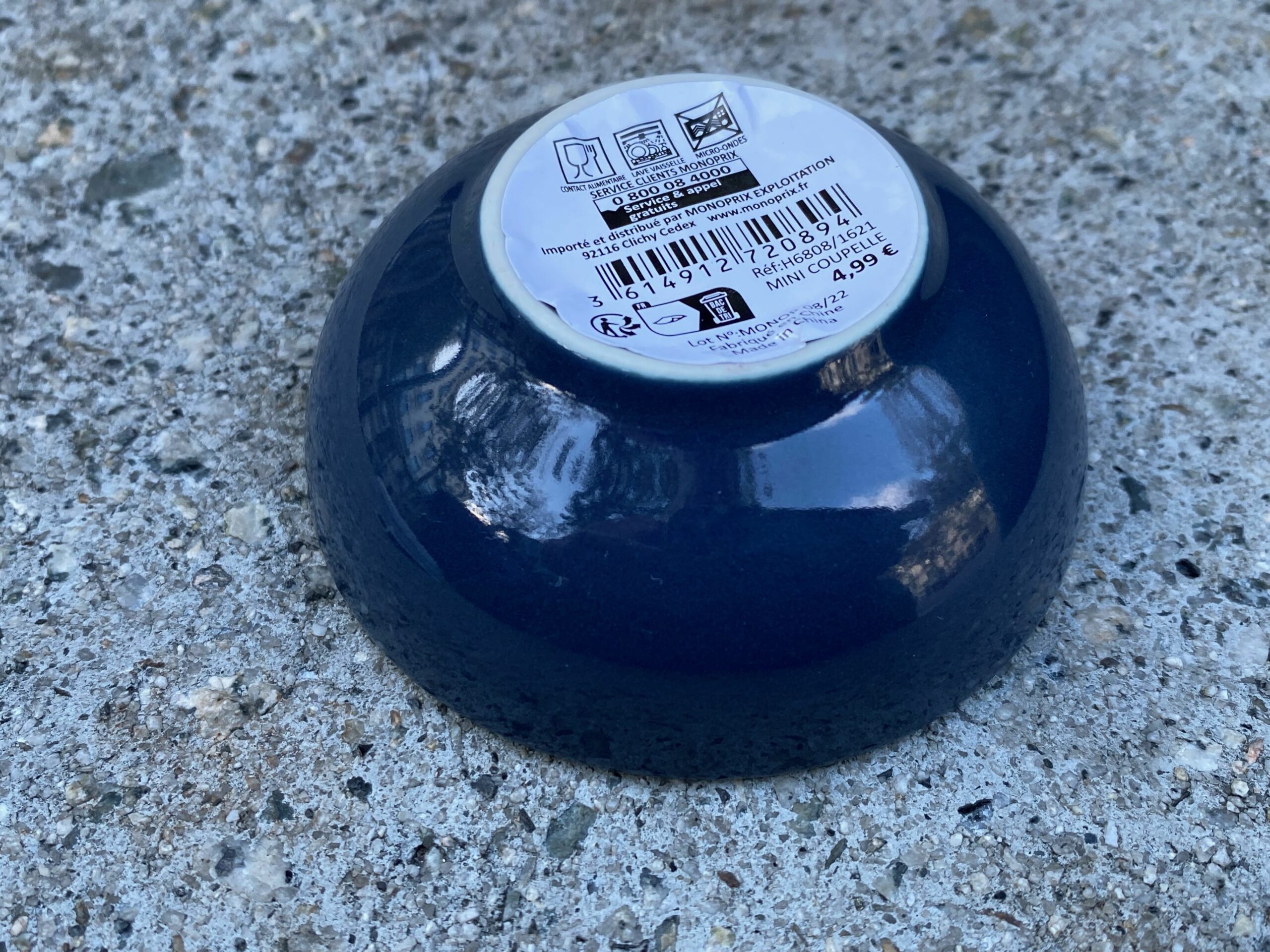
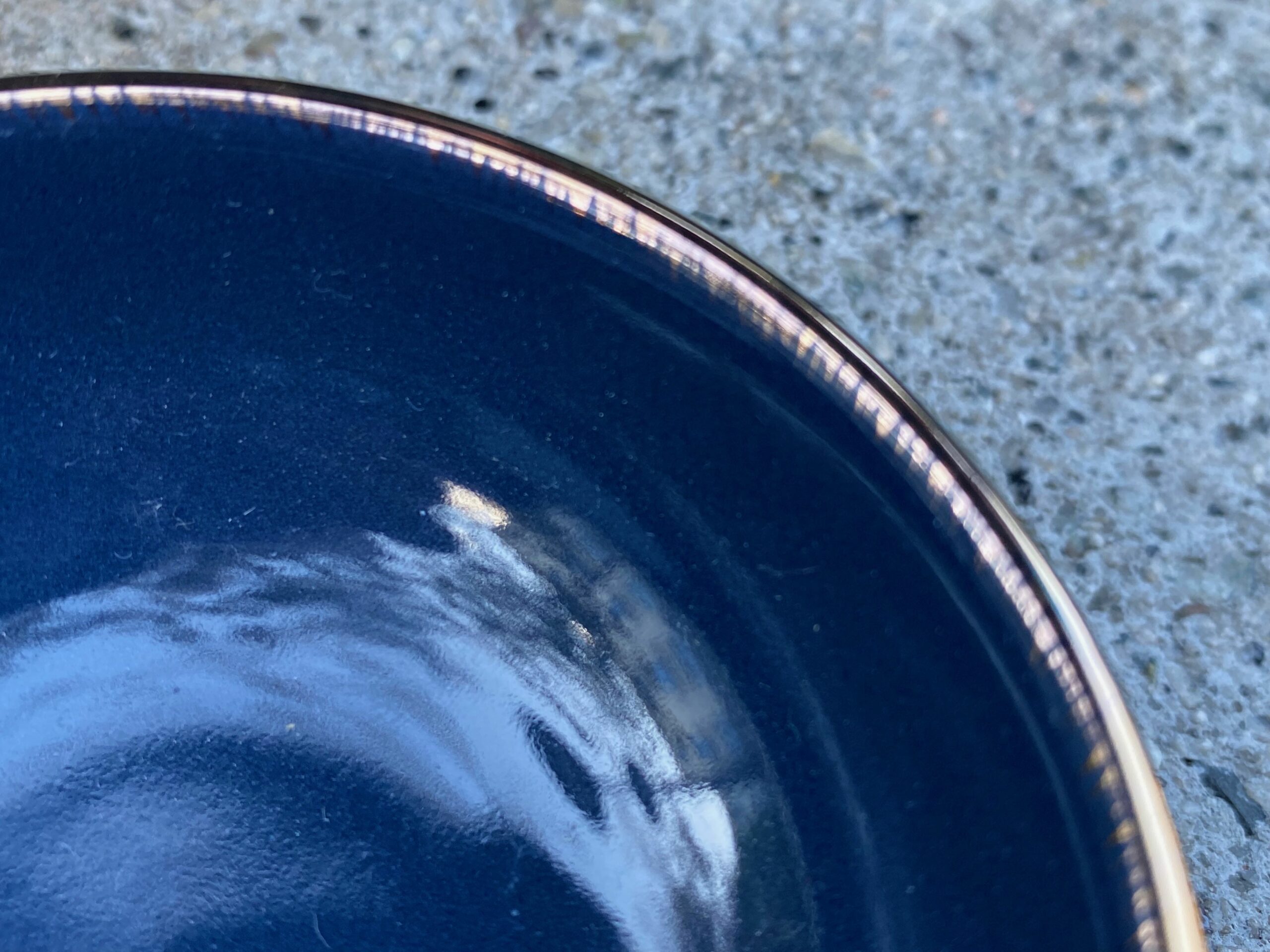
Never Miss an Important Article Again!
Join our Email List









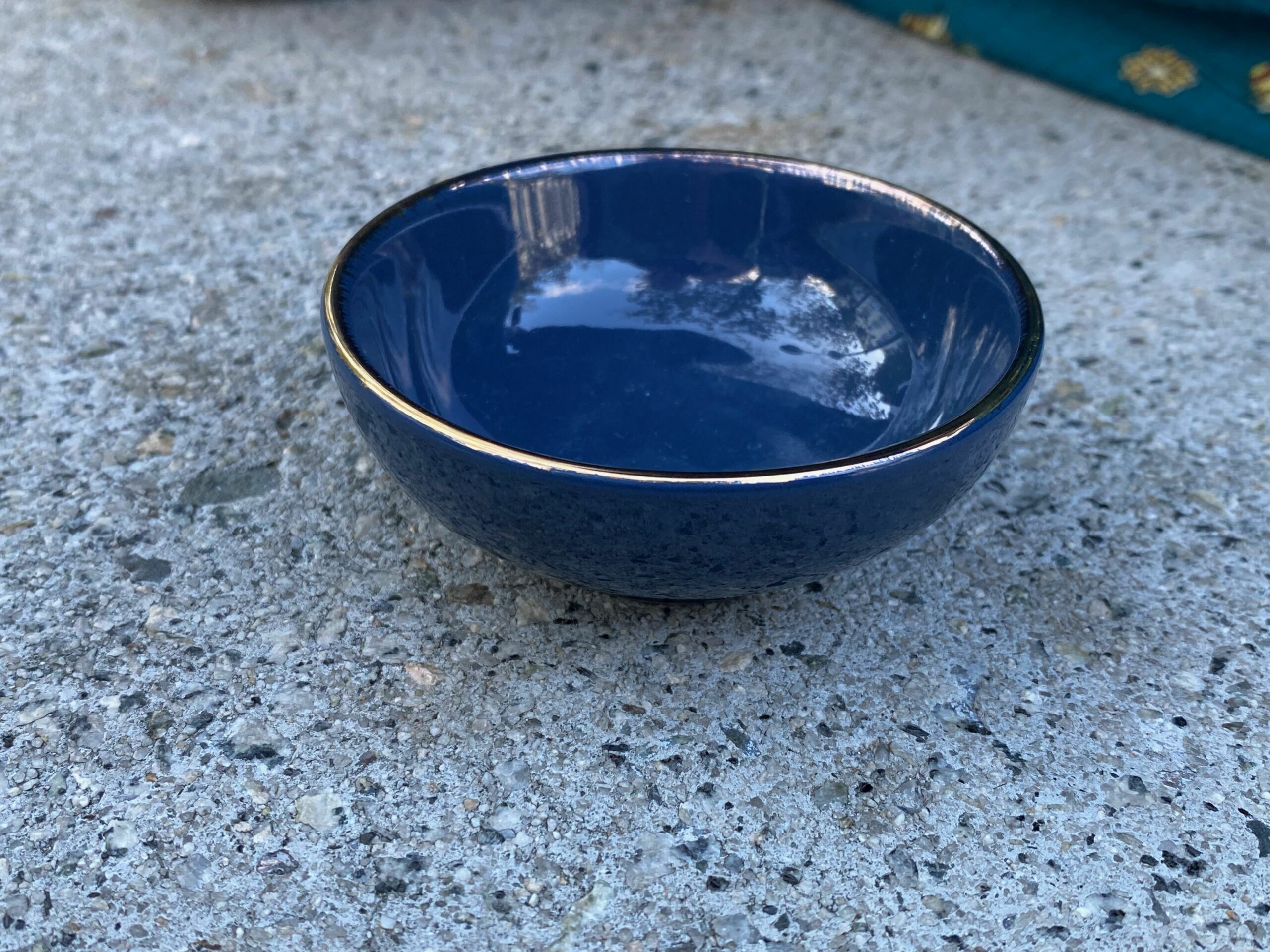
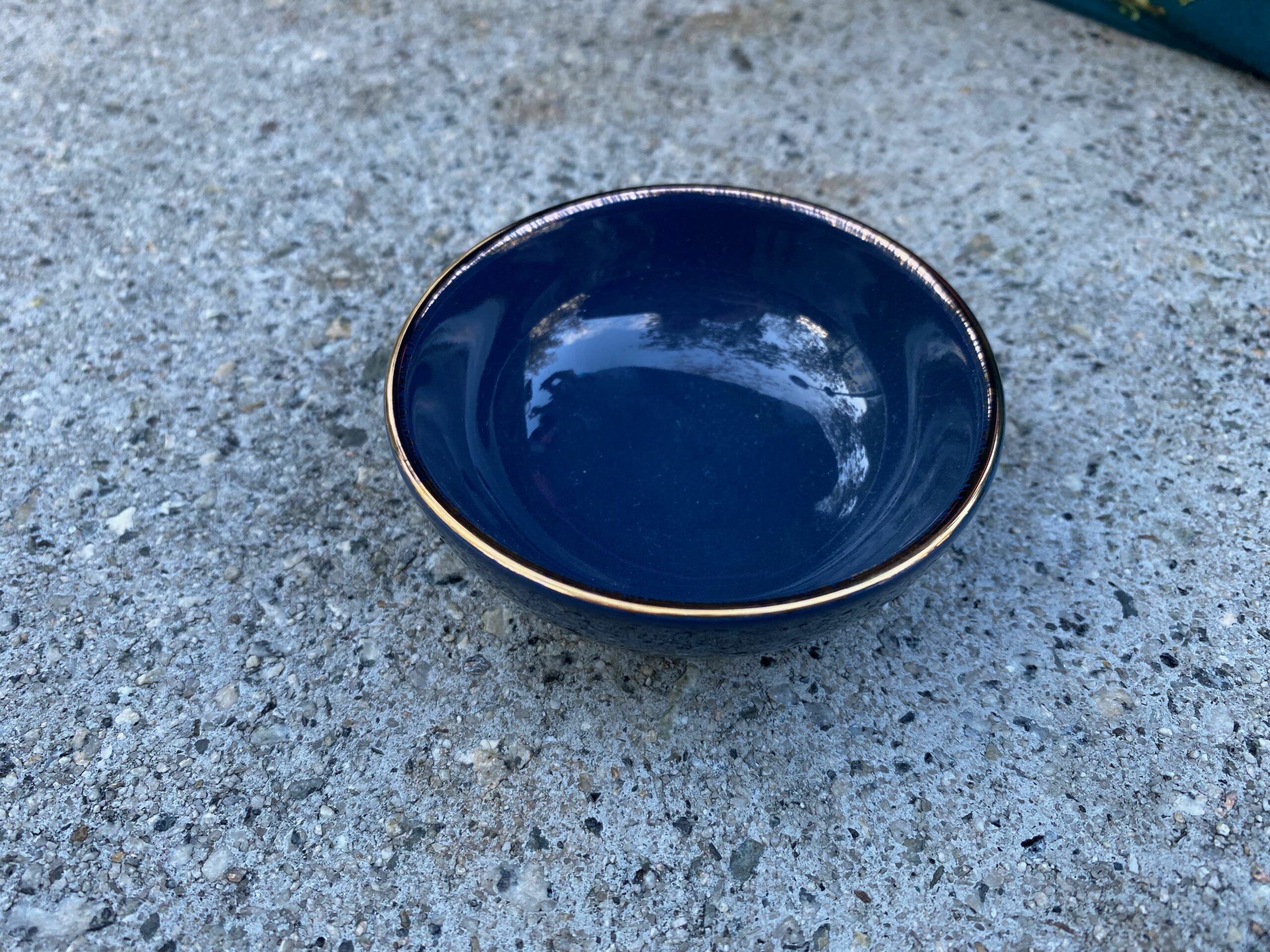

How does this work, for the numbers. There are two numbers mentioned , one is very high, the second is not as high. So which one is it?
The second number in a reading is the margin of error. So if something is 1000 +/- 100 ppm that means the margin of error is 100 ppm and the level is in the range of 900 and 1100 ppm. (900 = (1000-100) & 1100 = (1000 + 100))
Oh, I get it, that makes sense, thank you for the explanation.
Since it is often the logo marking on the bottom (like this one) that has the highest lead I am wondering if you tested the logo on the plain white corelle plates a lot of us have bought because they are supposed to be lead free? I would rub a swab on the logo (which often works on logos) but I just found out the 3M lead swabs are actually made of lead themselves!
Yes – there are test results for the Corelle logo on several of the posts with tests results for new corelle.
T